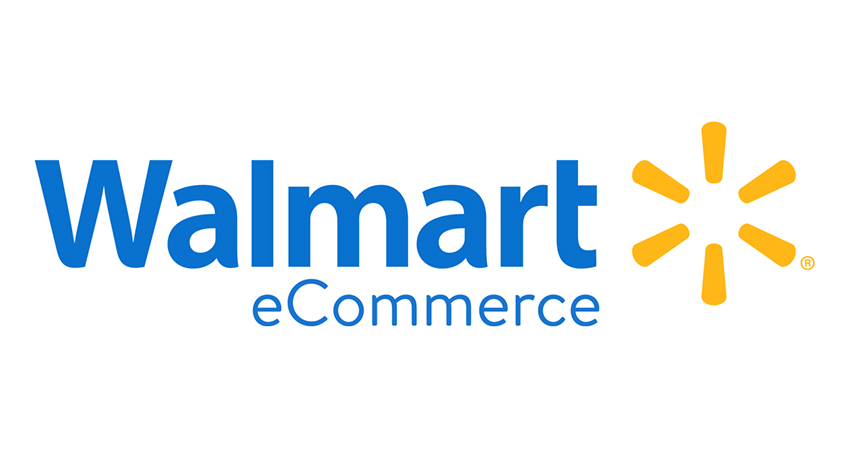Walmart said its ecommerce sales nearly doubled in the second quarter, rising 97% to over $10 billion as it reaped the benefits of major digital investments and initiatives over the past several years amid a massive surge in pandemic-influenced online buying.
And the company isn’t just seeing massive growth online, with same-store sales growing 9.3% in the quarter, as Walmart became a physical “everything store” for shoppers needing a range of essential and everyday goods. Total revenue was $137.7 billion, an increase of $7.4 billion or 5.6%.
Walmart CEO Douglas McMillon told analysts on an earnings call that several factors drove strong store growth, including government stimulus money, more eating in vs. eating out, home entertainment and home improvement trends. Reduced store hours and out of stocks due to widespread supply chain and transportation issues were limiting factors, he said.
“As the benefits from stimulus waned towards the end of the quarter, we saw our comp sales settle into a normal range,” McMillon said. The company said there were fewer customer trips but more stocking up and larger transactions in store.
John Furner, president and CEO of Walmart U.S., said the company saw lots of new ecommerce customers as well as good retention rates on existing ones.
“We’ve also been pleased to see the improvement and mix in categories that are selling online,” Furner said. “We’ve had stronger growth rates in both home and apparel online, which also, home has been strong in the stores as customers moved into their homes and a set of offices and now beginning to have school from home. Those have all been strong businesses.”
Walmart also saw triple-digit growth in its marketplace, Walmart.com, as it has added more seller tools as well as fulfillment services aimed at making it more attractive for small businesses.
McMillon also talked about Walmart’s yet-to-be-introduced subscription program, Walmart+, intended to compete with Amazon Prime. It was reportedly set to roll out in the spring, then delayed by COVID-19, then pushed off again this summer. Timing has yet to be announced.
“The reason (customers) want a membership is because of the increased levels of service that we can provide, and it starts out with pickup and delivery,” he said. “If you want delivery from Walmart frequently, it’s just more efficient for the customer to buy it in bulk, and that takes the form of an annual membership, and then we’ll add some things to it beyond just delivery. So that it’s really more of a membership and a relationship. Building repeat (business) is going to be an important aspect for the company to focus on.”
McMillon also said Walmart would benefit from gathering and analyzing membership data to iterate and improve on the subscription service over time. He also talked about the new program in the broader context of Walmart’s omnichannel approach.
“What we really mean by that is that the customer is ultimately in charge,” he said. “We are going to be flexible and have multiple ways to serve them, and those families will decide in that moment how they want to shop. Sometimes they’ll be in the store, and sometimes they’ll do pickup, and sometimes they’ll do delivery, and many of them will buy membership. When they do, they’ll get benefits from that, and we’ll make sure we manage that in a way where we’re able to still keep our shelf prices low and offer everyday low prices to customers that really need that value and are focused on opening price points, and we will manage the P&L in a way that prevents any kind of risk with that.”
Asked about how Walmart+ will be differentiated from other subscription offerings, Brett Biggs, EVP and CIO of Walmart, said the idea behind the program was removing customer friction and making it easier for them to access the wide product assortments at low prices across channels.
“In addition to the delivery component, which we’ve tested now since last year with Delivery Unlimited, we’re confident that that’s a great base of an offer,” Biggs said.
What is unclear is how much access to Delivery Unlimited’s two-hour grocery delivery will be available to Walmart+ customers. That program costs $98 a year, the same as what is planned for Walmart+, according to reports.

